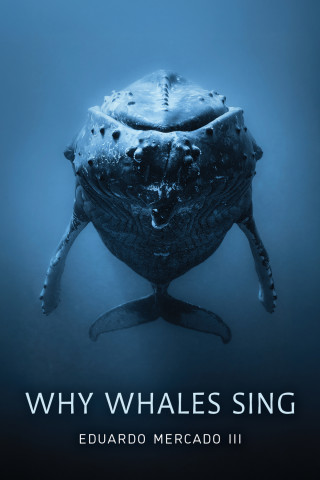
Reviews
Doty shakes up the field by challenging the sloppy research that some pheromone claims are based on.
A very thorough review of the literature on presumed mammalian pheromones.
In this book, he brings together a wide-ranging and extensive literature to conclusively make his point. Along the way, he presents a fascinating tour of the diversity and complexity of chemical communication in mammals.
More than a survey of pheromones, this considers the entire perspective of chemical effects on behavior and is a pick for any college-level health collection.
If this book were just a critique of mammalian pheromones, it would be a valuable contribution. It, however, goes further showing us how the pheromone concept has blinded us to the complex and multimodal character of olfactory phenomena and perception.
The Great Pheromone Myth is a lovely mural of important developmental questions and phenomena.The book is also an excellent guide to a field of inquiry, a conceptual framework, and an admirable product of scholarship. It offers much to professionals and advanced students in wide range of sensory, behavioral, ecological, physiological, and even clinical fields.
This is an important book as it challenges simplistic thinking by forensically and systematically dissecting studies that purport to adduce the evidence for mammalian pheromones... The Great Pheromone Myth will undoubtedly engender considerable debate, a debate that is long overdue.
When you read this book you are very likely to experience a shift from frustration to enlightenment. Far from thwarting your path to knowledge, Doty will remove some much neglected clutter and smooth the way to new understanding.
The research of advanced undergraduates, graduate students, and researchers will be improved if these workers carefully read the author's critiques of experimental design and research protocols.
Simply delightful reading. In a concise but totally convincing manner, Richard Doty sweeps away the pervasive mythology of pheromones.
The field of mammalian pheromones is a bit sloppy and human pheromones a complete mess. This book will make a major contribution to the field by either galvanizing people to prove Doty wrong or applying brakes to a field that may be fast moving down the wrong track.
Richard Doty has set the standard through many years for smell function tests in humans. Here he performs a great service by turning his critical eye on the many claims for pheromone communication between animals. His book provides a thorough review of all the relevant literature, laying out the case against the evidence supporting pheromones in mammals, including humans. The book is written in an easily accessible manner. It will help investigators and the public alike understand our ignorance and misconceptions, and should stimulate renewed research to clarify this fascinating subject.
Book Details
Preface
1. Introduction
2. What Is a Mammalian Pheromone?
3. Mammals Are Not Insects
4. Scent Marking
5. The Elusive Snarks
Case Studies of Nonhuman Mammalian: "Releasing" Pheromones
6. The Elusive Snarks
Cas
Preface
1. Introduction
2. What Is a Mammalian Pheromone?
3. Mammals Are Not Insects
4. Scent Marking
5. The Elusive Snarks
Case Studies of Nonhuman Mammalian: "Releasing" Pheromones
6. The Elusive Snarks
Case Studies of Nonhuman Mammalian: "Priming" Pheromones
7. Human Pheromones
8. Implications
Notes
References
Name Index
Subject Index






